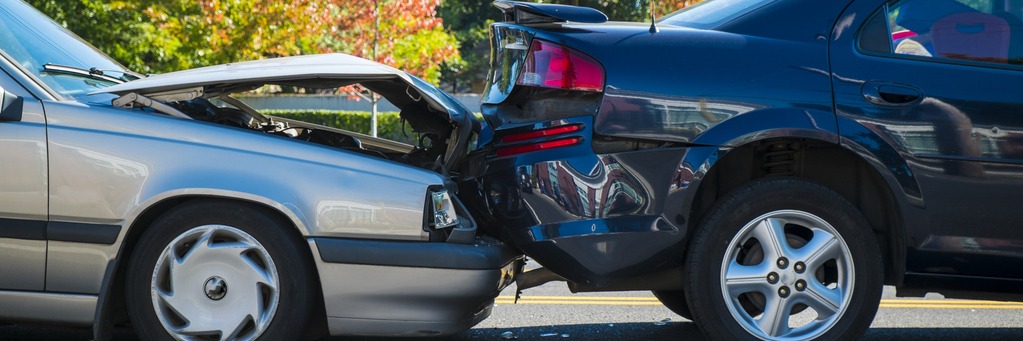Livestock-related car accidents are an unfortunate reality in many rural areas. These accidents can result in serious injuries, property damage, and even fatalities. As a result, navigating liability in livestock car accidents can be a complex and challenging process. In this article, we will explore the legal landscape surrounding these accidents and guide how to navigate the liability issues that can arise.
Understanding Livestock Car Accident Liability
Livestock car accident liability refers to the legal responsibility that arises when a car collides with an animal owned by someone else. In general, the animal’s owner is responsible for any damages or injuries resulting from the accident. However, several factors can affect liability in these cases.
First, it is important to determine whether the animal was on public or private property at the time of the accident. If the animal was on public property, the owner may not be liable unless negligent. For example, suppose the animal owner allowed it to roam freely without proper fencing or other measures to contain it. In that case, they may be held responsible for any accidents that occur as a result.
If the animal was on private property, the owner may be liable even if they were not negligent. This is because the property owner has a duty to ensure that their animals do not pose a danger to others traveling on nearby public roads. As such, if an animal escapes from private property and causes an accident on a public road, the owner of the property may be held responsible for any resulting damages or injuries.
Contributory Negligence
Another factor that can affect liability in livestock car accidents is contributory negligence. Contributory negligence occurs when the driver of the car is also partially responsible for the accident. For example, if the driver was speeding or not paying attention when they hit the animal, they may be considered partially responsible for the accident.
In these cases, liability may be shared between the owner of the animal and the driver of the car. The amount of liability that each party bears will depend on the specific circumstances of the accident, including the degree of negligence on the part of each party.
Legal Defenses in Livestock Car Accident Cases
Several legal defenses may be used in livestock car accident cases. One common defense is an assumption of risk. This defense asserts that the car driver assumed the risk of hitting the animal when they chose to travel on the road known to be frequented by livestock.
Another possible defense is comparative negligence. This defense asserts that the driver of the car was partially responsible for the accident and, therefore, should not be able to recover the full damages from the animal’s owner.
Conclusion
Navigating livestock car accident liability can be a complex and challenging process. However, by understanding the legal landscape surrounding these accidents and taking the appropriate steps to protect your legal rights, you can ensure that you receive the compensation you deserve. If you have been involved in a livestock car accident, seek the guidance of an experienced attorney who can help you navigate the legal process and work towards a successful resolution of your case.
